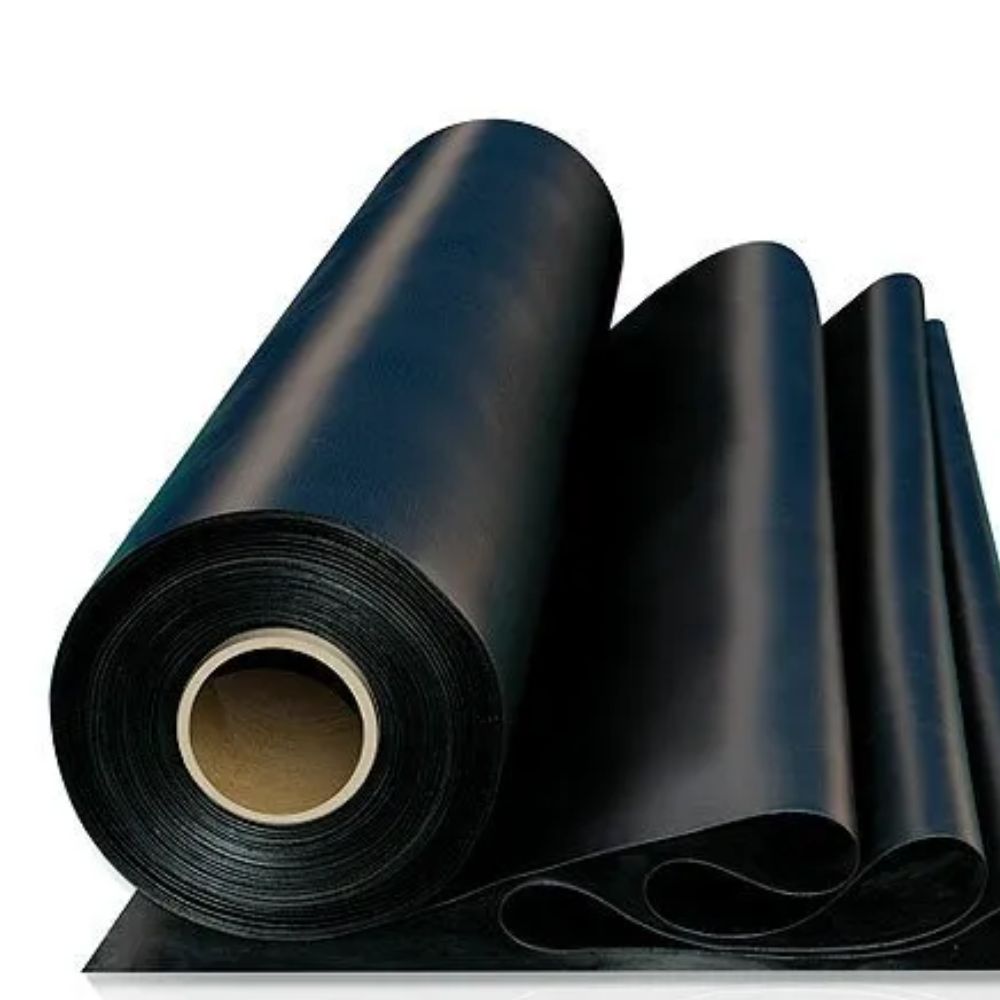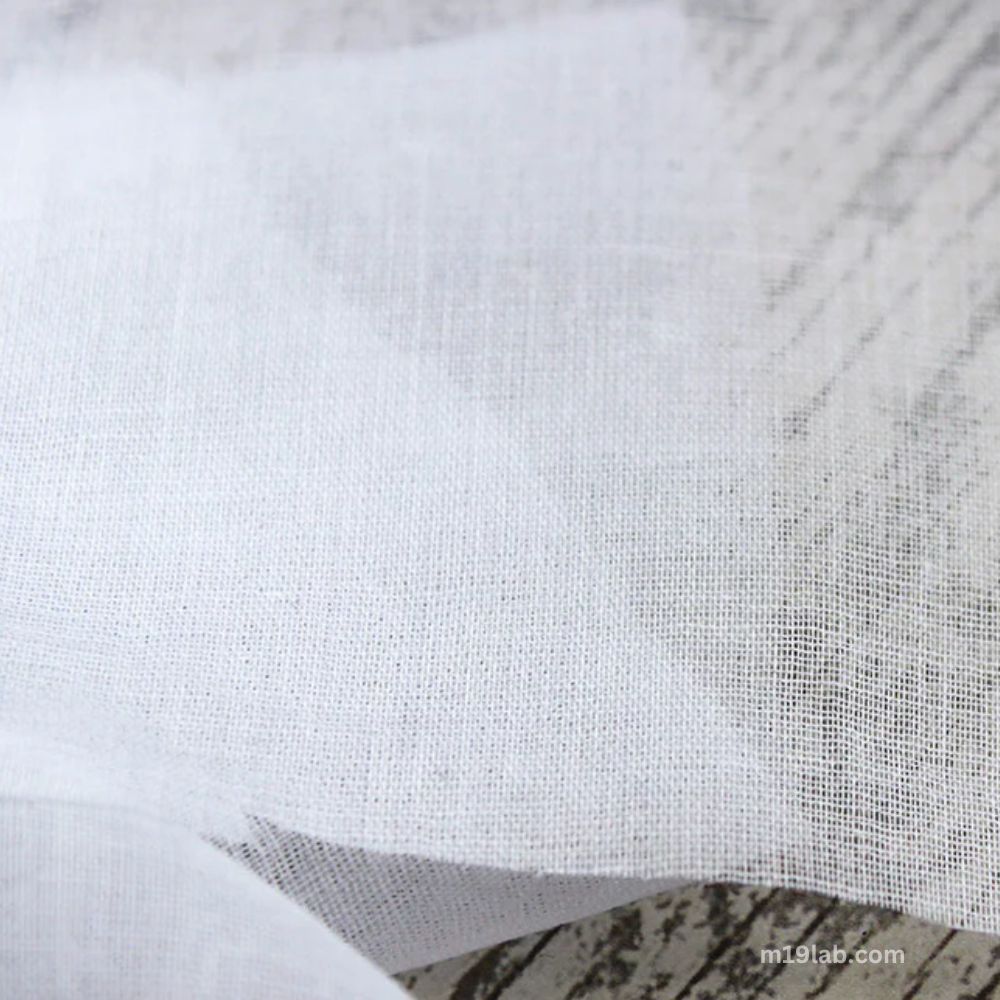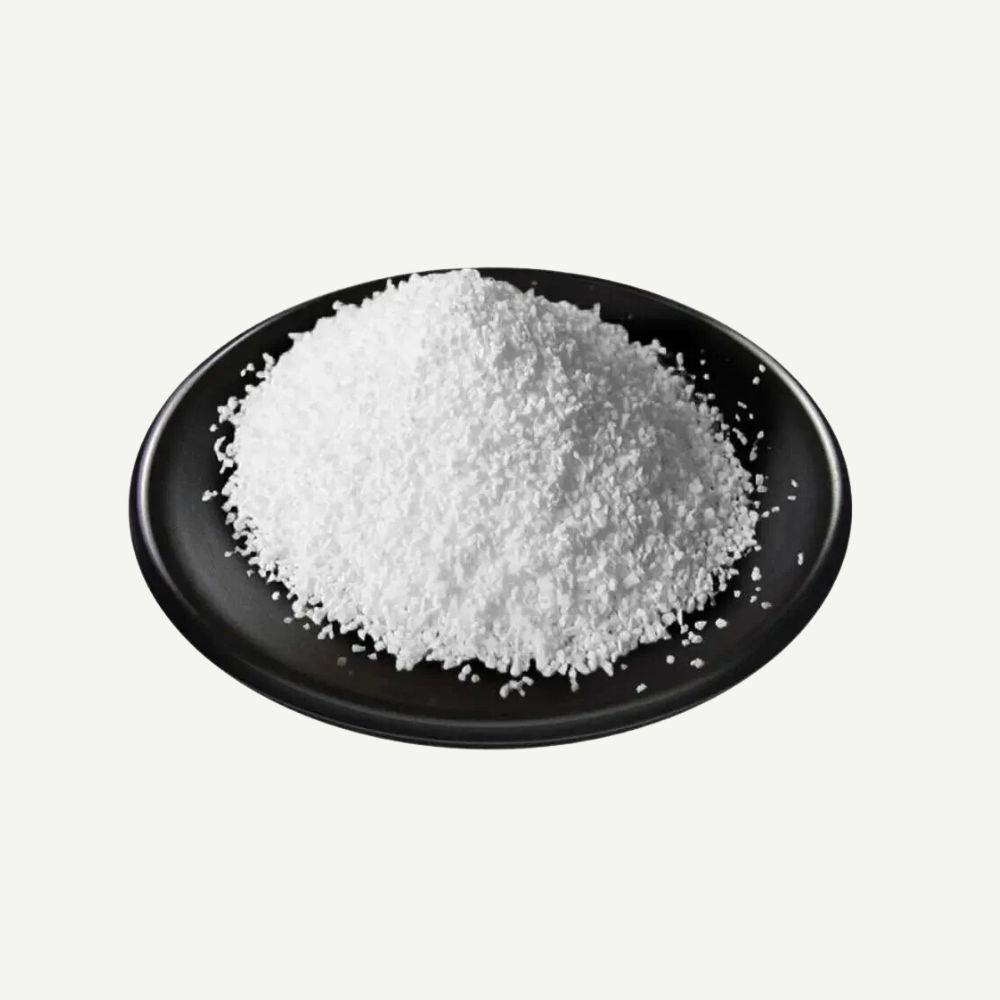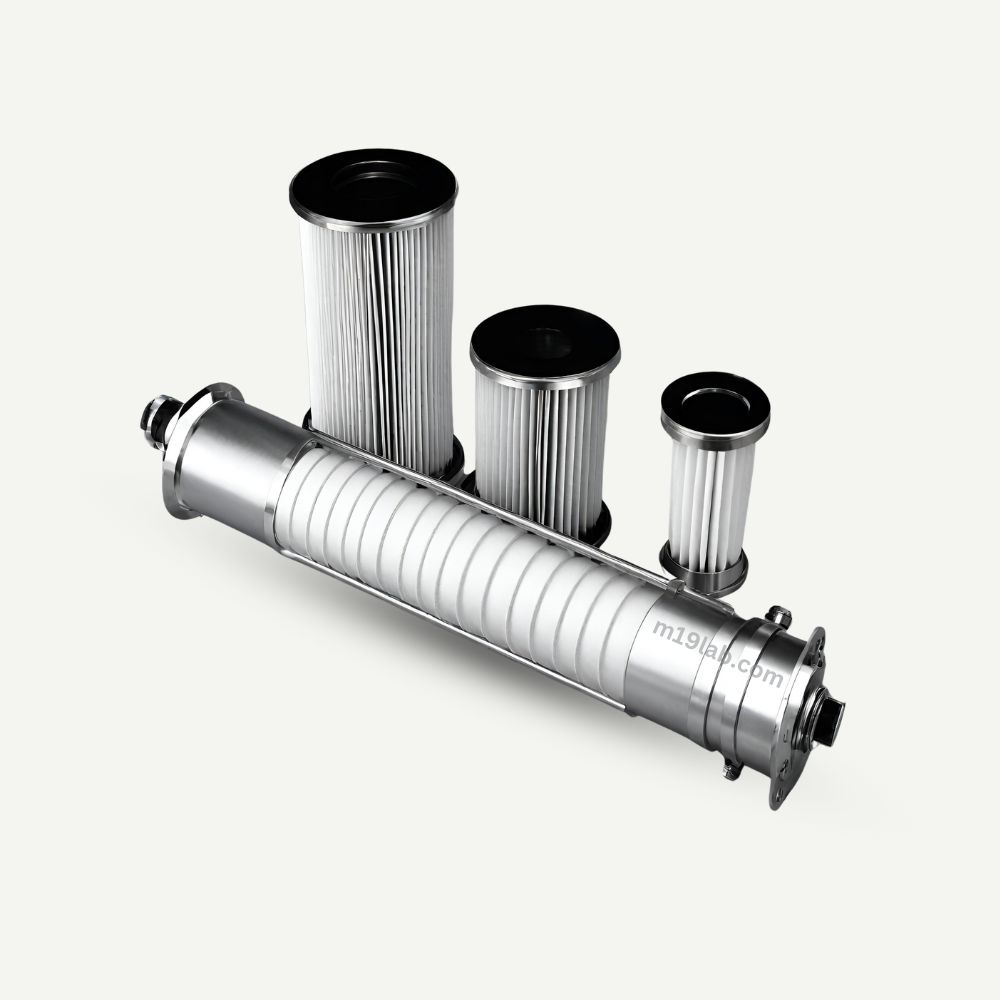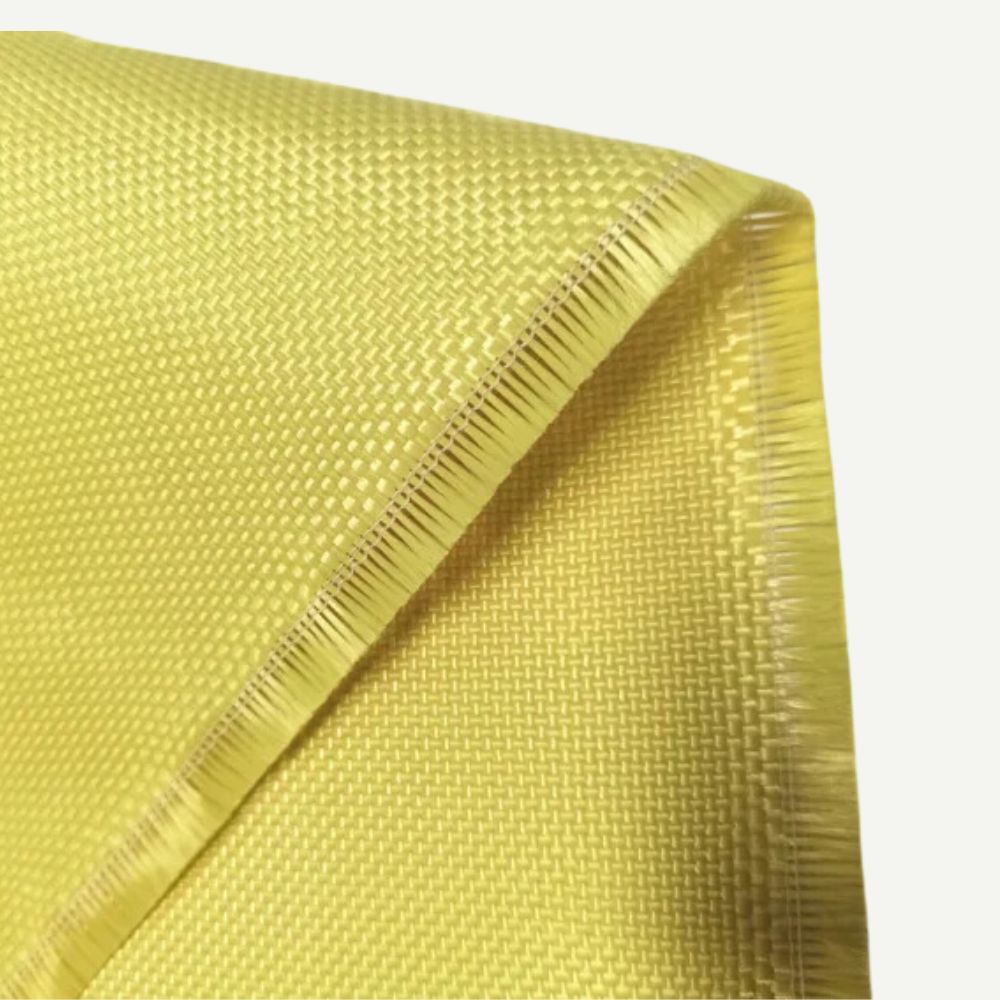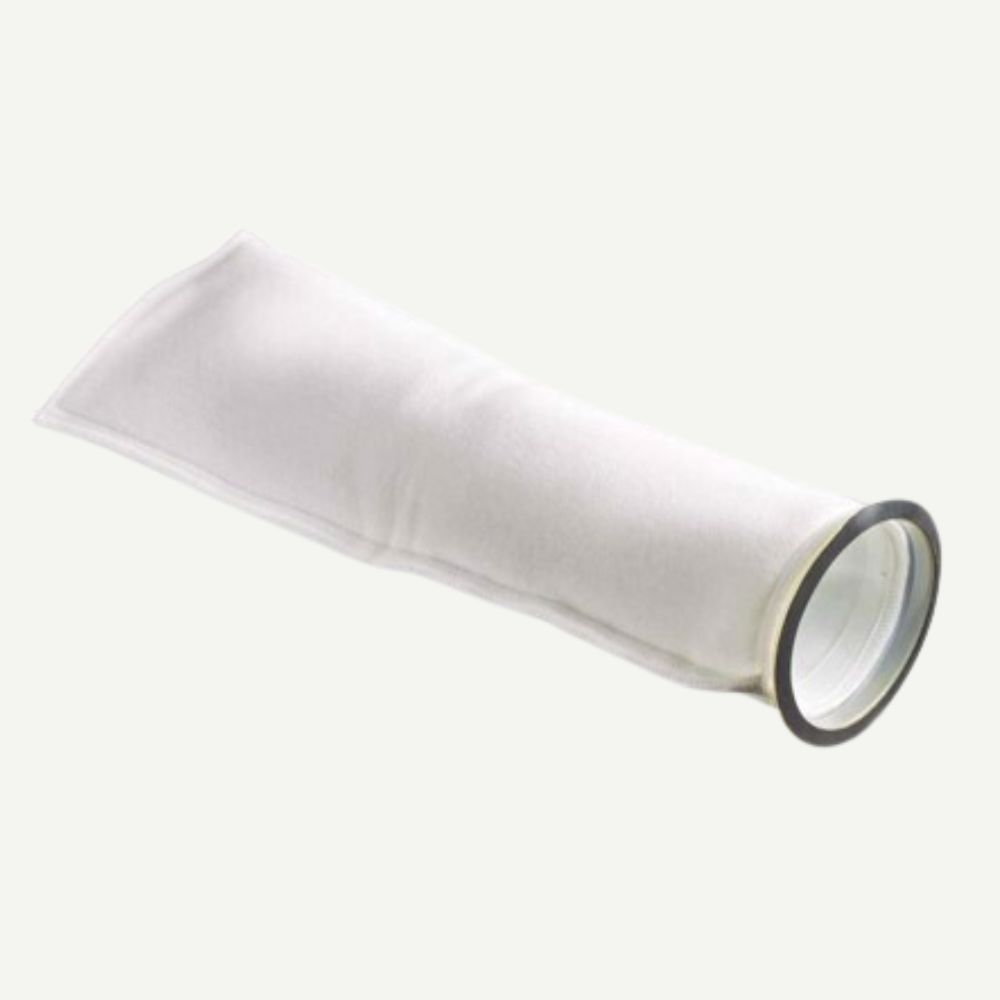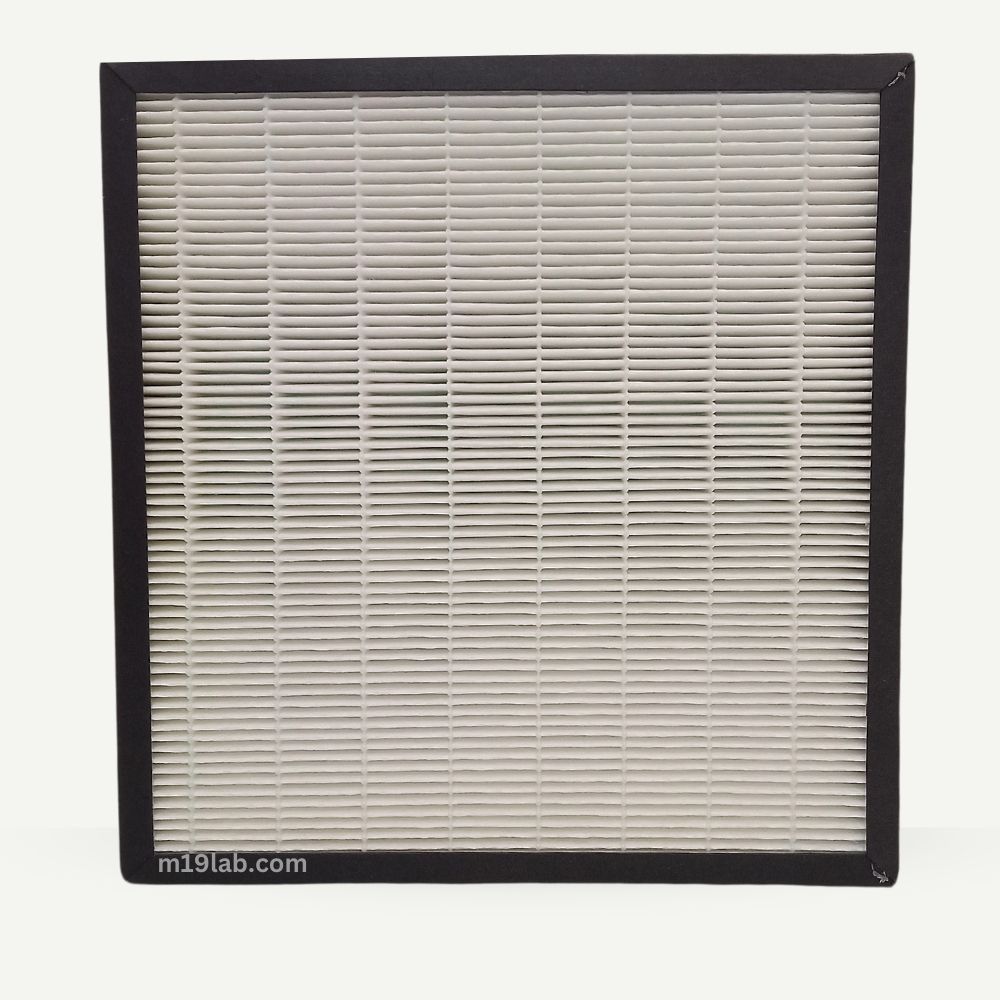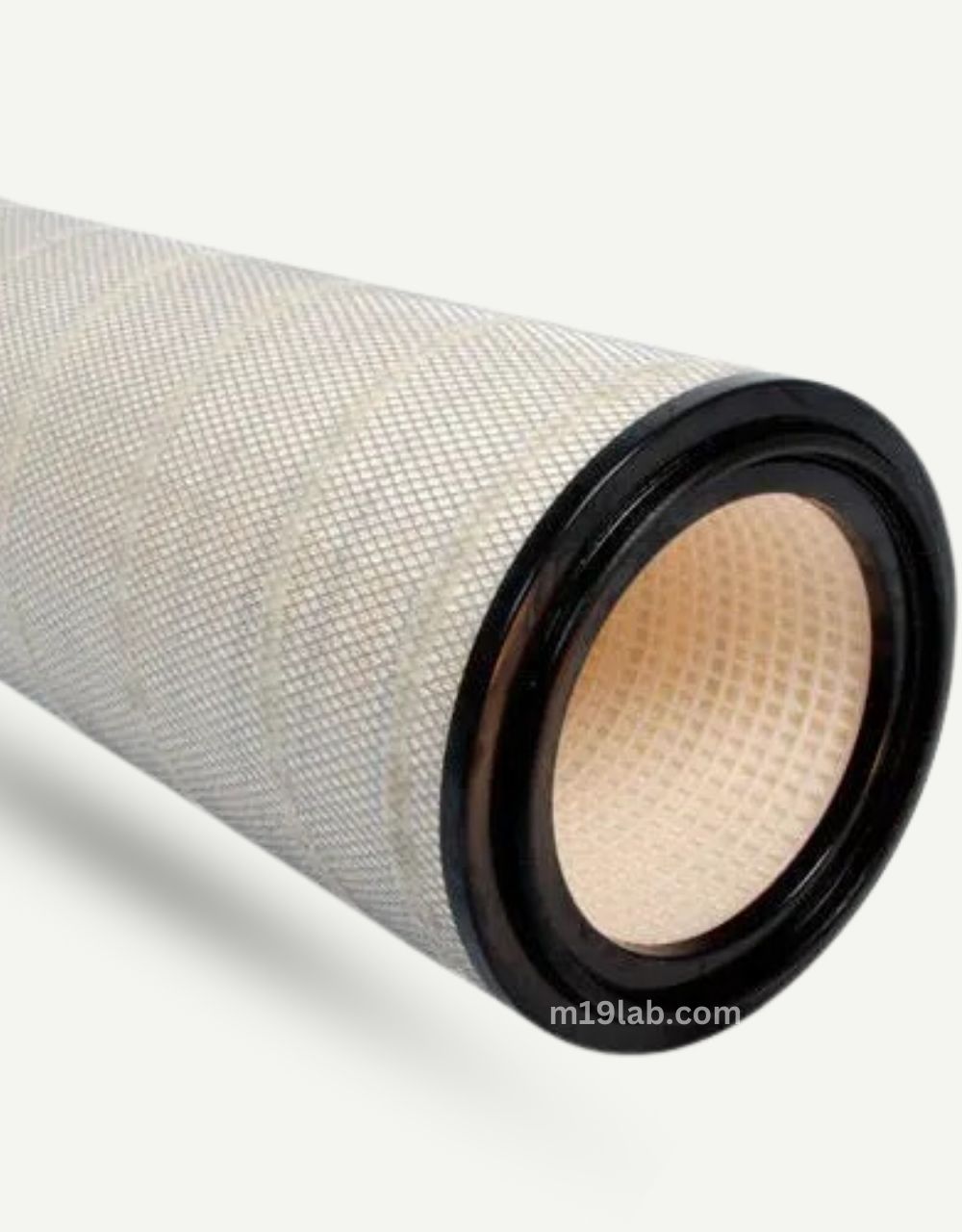Industries
- Air Filtration
-
Biotech
- No Applications Available
- Chemical
- Defense
- Energy
- Oil & Gas
- Packaging
- Personal Hygiene
- Pharmaceutical
- Space Research
- Technical Textiles
- Water Purification
The Hydrostatic Pressure Test is a common method used to assess the waterproofing capability of coated fabrics. This test measures the resistance of a fabric to the penetration of water under hydrostatic pressure. Coated Fabrics, often used in PPE, tents, and other outdoor gear, rely on a waterproof coating to prevent water from passing through the material. This is achieved through an automated control system that applies either static or dynamic force, incrementally increasing until at least 3 points of leakage are detected.
The Liquid Permeability Test is a method used to assess the ability of a material or substance to allow the passage of liquids through it. This test is commonly employed in various industries, including Textiles, Membranes and Filtration Systems. The results of the test provide information on the permeability characteristics of the material, which is crucial for applications where controlling or understanding fluid flow is important.
Gas Adsorption Analysis, specifically physisorption, is a technique used to study surface area and porosity of materials by measuring the amount of gas adsorbed at different pressures. In a single-point surface area test, the surface area of a powders is measured at a single relative pressure of gas adsorption, usually near the midpoint of the BET plot.
Gas Permeability is described as the rate of gas flow passing through a known textile media area under prescribed gas pressure. This property is particularly important in various applications, such as filtration, where controlling the flow of gas or air through a porous medium is essential.
The Liquid Permeability Test is a method used to assess the ability of a material or substance to allow the passage of liquids through it. This test is commonly employed in various industries, including geotechnical engineering, textiles, membranes, and filtration systems. The results of the test provide information on the permeability characteristics of the material, which is crucial for applications where controlling or understanding fluid flow is important.
The Hydrostatic Pressure Test is a common method used to assess the waterproofing capability of composite fabrics. This test measures the resistance of a fabric to the penetration of water under hydrostatic pressure. Fabrics, often used in Body Armors, Vests and other outdoor gear, rely on a waterproof coating to prevent water from passing through the material. This is achieved through an automated control system that applies either static or dynamic force, incrementally increasing until at least 3 points of leakage are detected.
The Particulate Filtration Efficiency Test involves challenging the filter with a known concentration of aerosol particles of a specified size and then measuring the percentage of particles that are captured and retained by the filter. The efficiency is typically expressed as a percentage. This test is commonly employed for various types of filters, including those used in Pharmaceuticals and Chemical Industry. Standards such as those from organizations like NIOSH, ASTM, ISO, and EN provide guidelines for conducting these tests and specifying the performance requirements for different types of filters.
Gas Adsorption Analysis, specifically physisorption, is a technique used to study the surface area and porosity of materials by measuring the amount of gas adsorbed at different pressures. Widely utilized in cosmetic industry, this technique informs the design of materials fo cosmetic products. The technique involves the adsorption of gas molecules, typically nitrogen, onto the surface of a pharmaceutical material at different pressures. As the pressure increases, the gas molecules fill the pores, allowing for the determination of pore sizes based on the amount of gas adsorbed.
The Dust Holding Capacity Test of an air filter is a measure of the amount of dust or particulate matter that a filter can hold before it reaches a specified level of pressure drop or resistance to airflow. It is expressed in grams or other appropriate units. This test is important in evaluating the long-term performance of air filters, especially in applications such as HVAC systems, industrial processes, and cleanrooms, where filters are regularly exposed to airborne particulates. Standards organizations such as ASHRAE (American Society of Heating, Refrigerating and Air-Conditioning Engineers) and ISO (International Organization for Standardization) provide specific guidelines for conducting dust holding capacity tests on air filters.
Gas Permeability is described as the rate of gas flow passing through a known media area under prescribed air pressure difference across the material's two surfaces, oriented perpendicular to the airflow.This property is particularly important in various applications, such as respirators, where controlling the flow of air or gasses through a porous medium is essential.
Loading...


